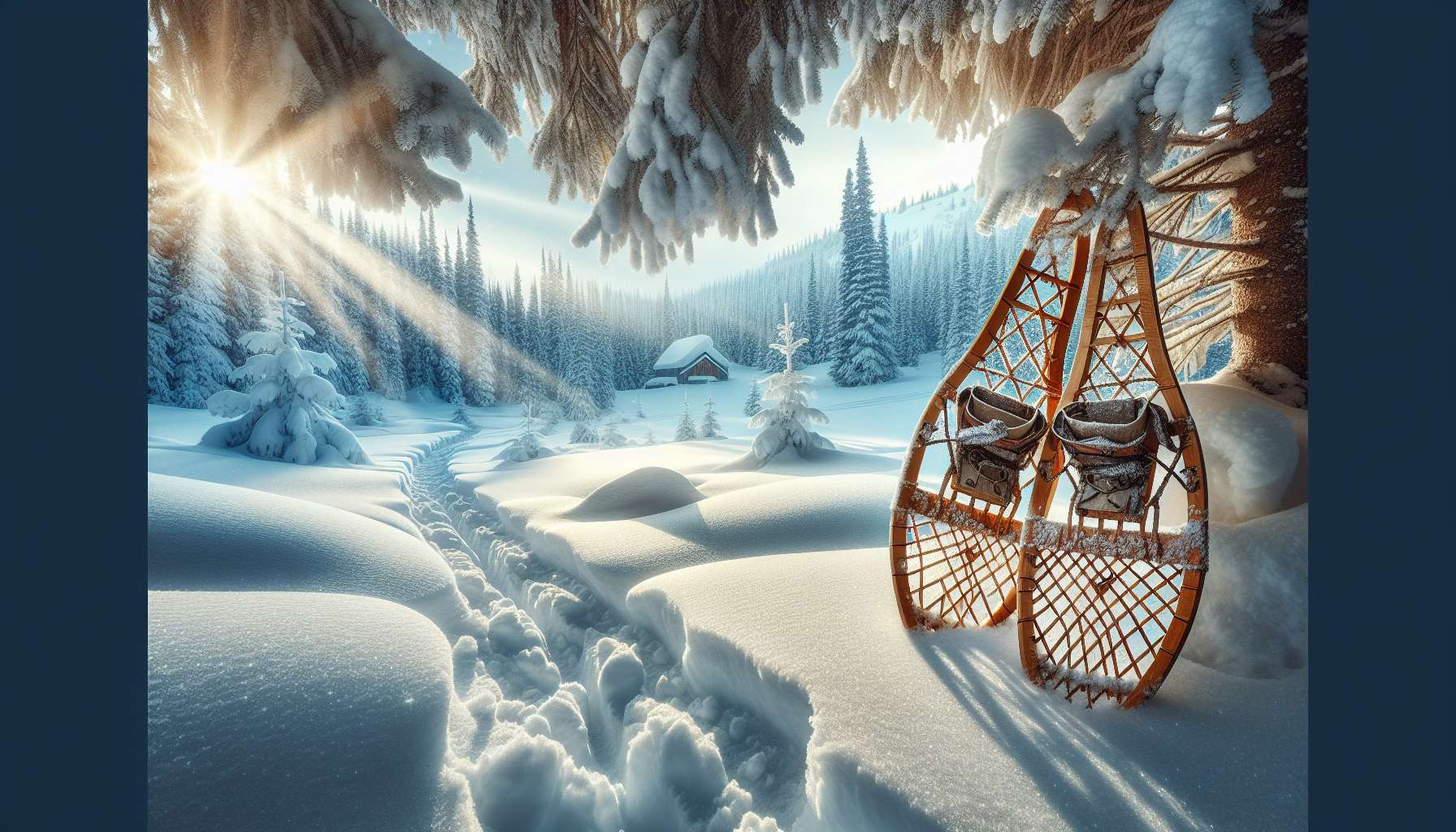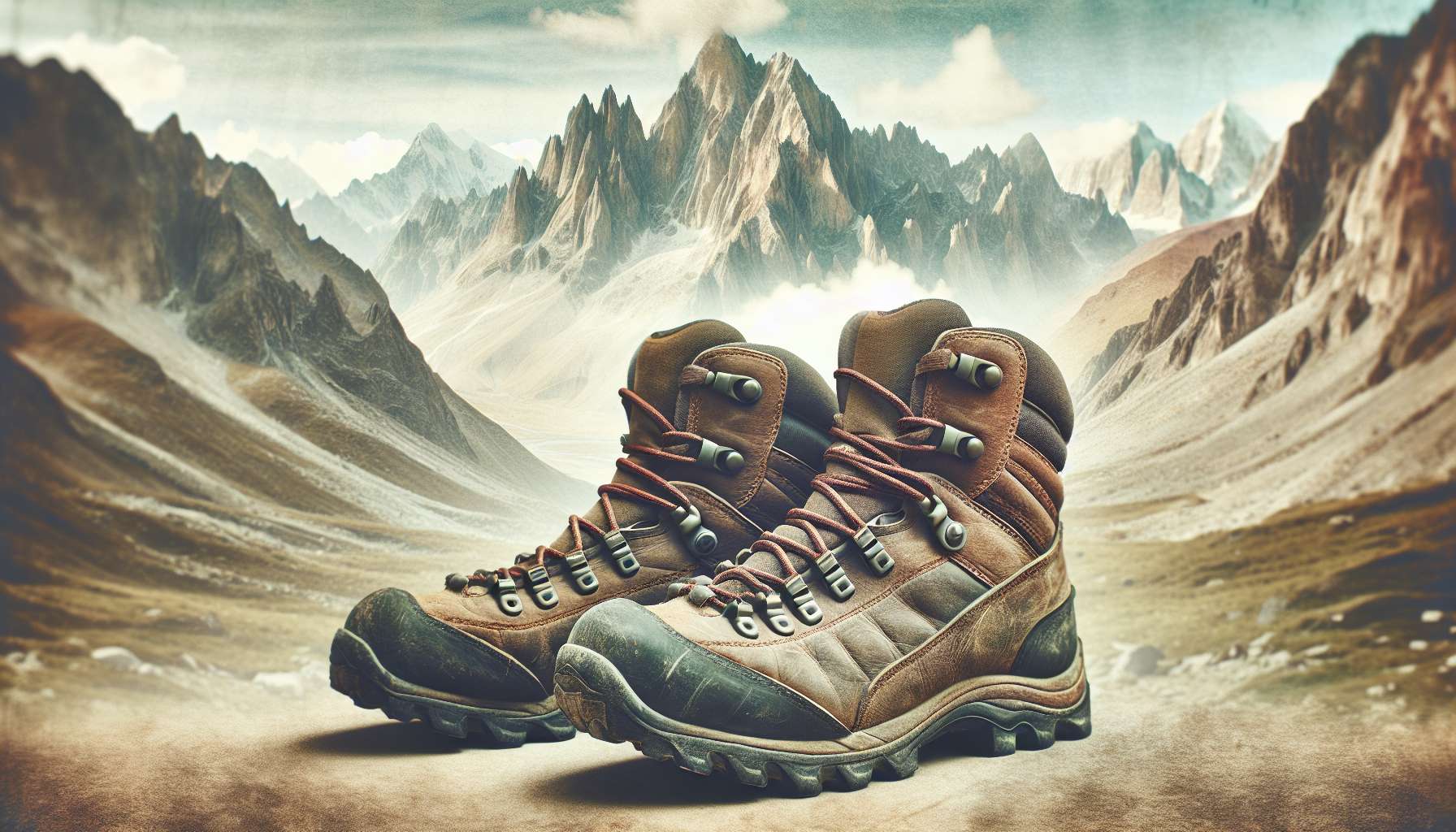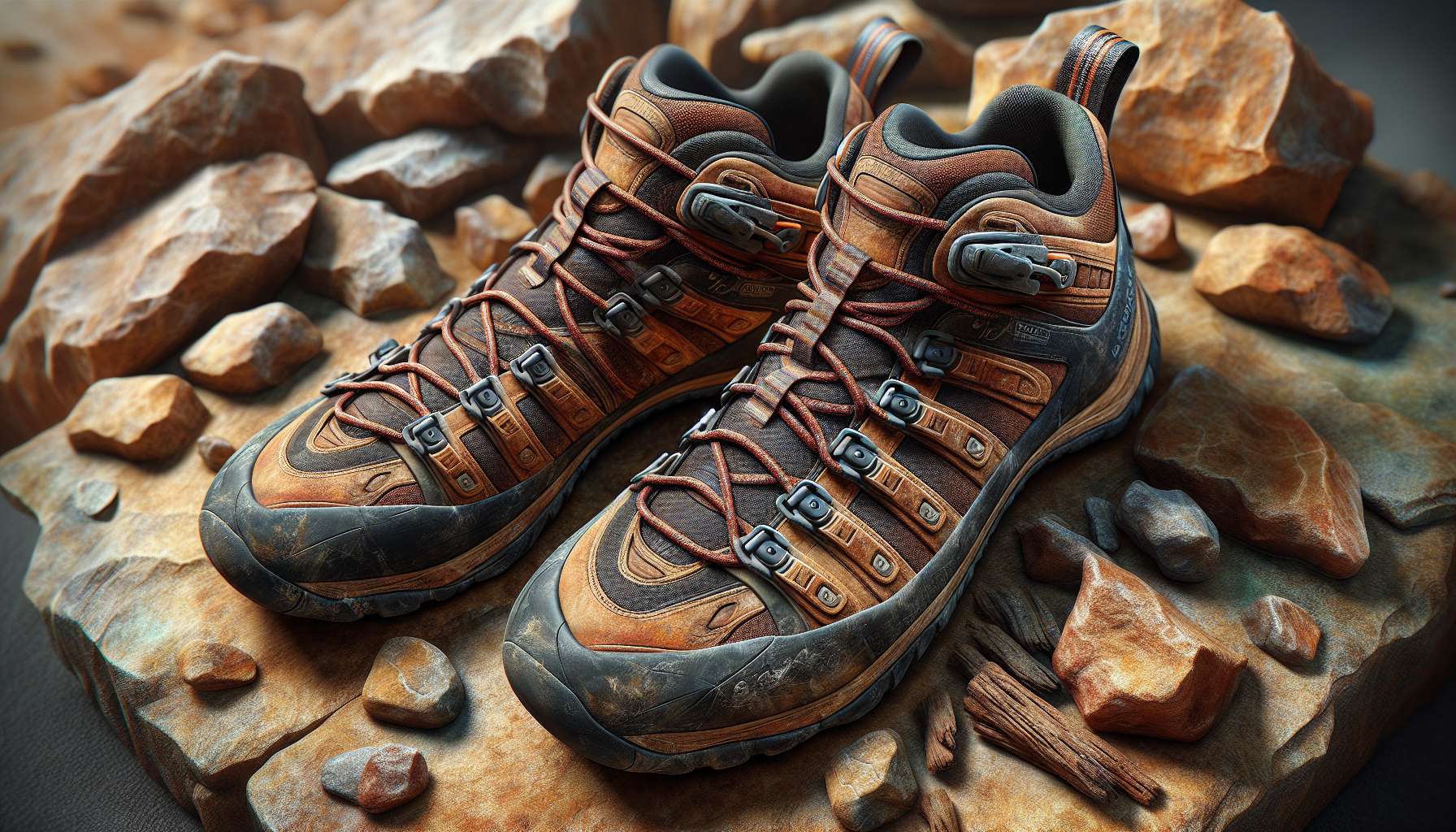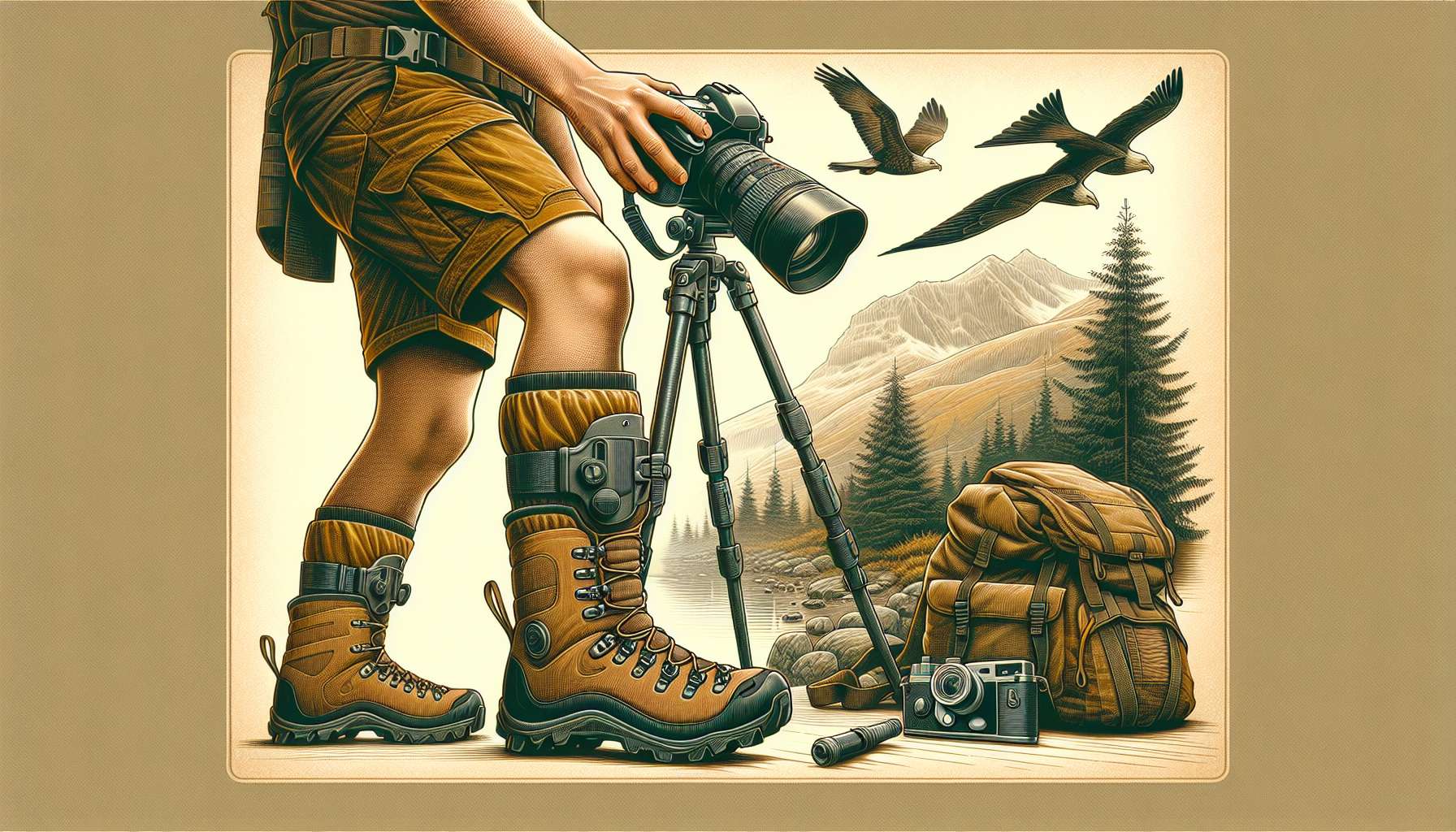Snowshoes: Navigating the Winter Wonderland
As winter rolls around and blankets the world in a layer of snow, many outdoor enthusiasts eagerly anticipate the opportunity to explore the winter wonderland. One essential tool that has been utilized for centuries to facilitate travel in snowy terrain is the humble snowshoe. With a rich history and a wide range of modern applications, snowshoes have evolved from simple wooden frames to high-tech, lightweight designs. Let’s delve into the world of snowshoes, exploring their origins, uses, benefits, and much more.
The Origins of Snowshoes
It may come as a surprise to some, but snowshoes have been around for thousands of years. Indigenous peoples in North America, Asia, and Europe all independently developed their own versions of snowshoes to navigate the snowy landscapes they inhabited. These early snowshoes were typically made of wood, with rawhide lacing to secure the foot in place.
One of the earliest recorded uses of snowshoes dates back to over 6,000 years ago, with evidence found in Central Asia. As societies began to rely more on agriculture and settled communities, the need for efficient winter travel became increasingly important. Snowshoes allowed hunters, trappers, and travelers to move over snow-covered terrain with ease, expanding their range and capabilities.
Over time, different cultures developed unique styles of snowshoes to suit their specific needs. For example, the Inuit people of the Arctic regions crafted snowshoes with a wide surface area to distribute their weight over deep snow, while the Native American tribes in the eastern woodlands designed narrower, more maneuverable snowshoes for forests and hills.
The Evolution of Snowshoes
As technology advanced and materials became more readily available, the design and construction of snowshoes underwent significant changes. Wooden frames were gradually replaced by aluminum, plastic, and composite materials, making snowshoes lighter, more durable, and easier to use. Modern snowshoes also feature crampons or metal teeth on the underside to provide traction on icy surfaces.
Today, snowshoeing has become a popular recreational activity, attracting outdoor enthusiasts of all ages and skill levels. Whether trekking through a winter wonderland, exploring backcountry trails, or racing in snowshoe competitions, there is a snowshoe for every adventure. With options ranging from traditional wooden models to high-performance, technical designs, there is a snowshoe to suit every need and preference.
The Benefits of Snowshoeing
One of the main advantages of snowshoeing is its accessibility. Unlike skiing or snowboarding, snowshoeing requires minimal equipment and can be enjoyed by people of all ages and fitness levels. It is a low-impact activity that provides a great cardiovascular workout, burning up to 600 calories per hour, depending on the intensity of the terrain.
Furthermore, snowshoeing allows individuals to explore winter landscapes that are otherwise inaccessible by foot. National parks, forests, and backcountry trails transform into a winter wonderland, offering a unique and serene experience for outdoor enthusiasts. It is also a great way to connect with nature, reduce stress, and improve overall well-being.
From a practical perspective, snowshoes provide stability and flotation in deep snow, making travel safer and more efficient. They can also be used for winter camping, hunting, and emergency situations, offering a valuable tool for survival in harsh winter conditions.
Snowshoeing Today: Trends and Innovations
While the basic concept of snowshoes remains unchanged, modern technology has led to significant innovations in design and materials. Lightweight materials such as aluminum, titanium, and composite plastics have revolutionized the snowshoe industry, making them more durable and comfortable to wear.
One popular trend in snowshoeing is the rise of recreational and fitness-focused snowshoes. These models are designed for casual users who want to enjoy the outdoors without the need for specialized gear. They often feature easy-to-use bindings, lightweight frames, and moderate traction, making them ideal for beginners and families.
Another trend is the increasing popularity of snowshoe racing and competitive events. Snowshoe races range from short sprints to long-distance endurance challenges, attracting athletes from around the world. These events combine physical fitness, technical skill, and a love for the outdoors, creating a vibrant and supportive community of snowshoe enthusiasts.
Expert Opinions on Snowshoes
We reached out to outdoor experts and enthusiasts to gather their insights on snowshoes. According to John, a seasoned hiker and snowshoeing enthusiast, “Snowshoeing is a fantastic way to stay active during the winter months and experience nature in a whole new light. The right pair of snowshoes can make all the difference in your comfort and performance on the trail.”
Emily, a competitive snowshoe racer, shared her thoughts on the sport, saying, “Snowshoe racing is a challenging and exhilarating experience that pushes your limits both physically and mentally. The camaraderie among racers and the sense of accomplishment at the finish line are truly rewarding.”
Common Misconceptions About Snowshoes
Despite the growing popularity of snowshoeing, there are still some common misconceptions about this winter activity. One misconception is that snowshoeing is slow and boring compared to other winter sports. In reality, snowshoeing can be a fast-paced and exhilarating adventure, especially when racing or exploring challenging terrain.
Another misconception is that snowshoes are difficult to use and require special skills. While there is a learning curve to mastering snowshoeing techniques, most beginners can pick up the basics quickly with guidance from experienced snowshoers or instructors. Snowshoeing is a relatively simple and intuitive activity that can be enjoyed by anyone willing to give it a try.
Conclusion
In conclusion, snowshoes are a versatile and essential tool for traversing snowy landscapes and enjoying the great outdoors during the winter months. With a rich history and a wide range of modern applications, snowshoes continue to evolve and adapt to the changing needs of outdoor enthusiasts. Whether you’re a casual hiker, a competitive racer, or an avid adventurer, snowshoes offer a unique and rewarding experience that combines physical activity, connection with nature, and a sense of exploration.
So, next time the snow falls and covers the world in a blanket of white, consider strapping on a pair of snowshoes and embarking on your own winter adventure. Explore the trails, discover hidden wonders, and experience the magic of snowshoeing firsthand. Who knows what new horizons you may discover in the winter wonderland?




